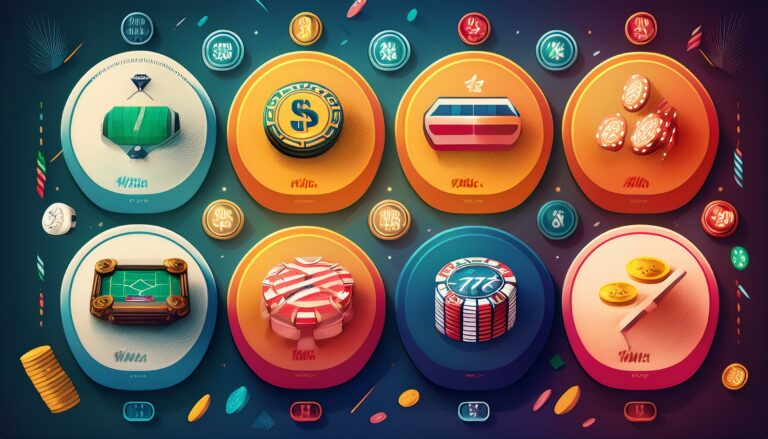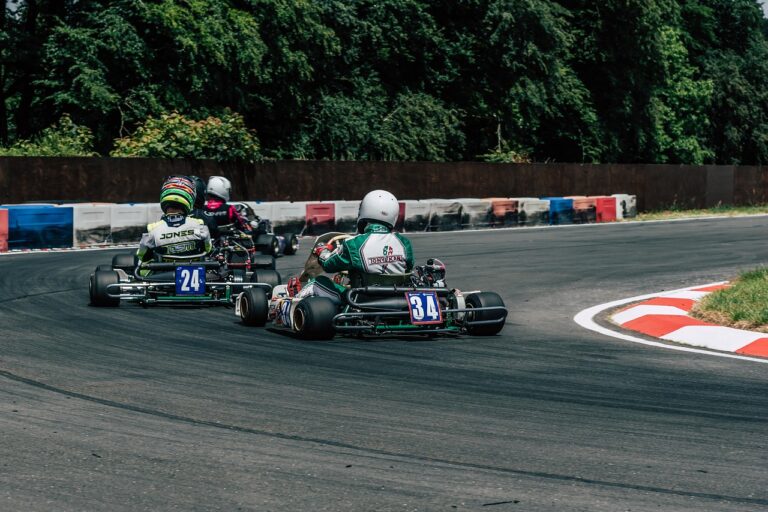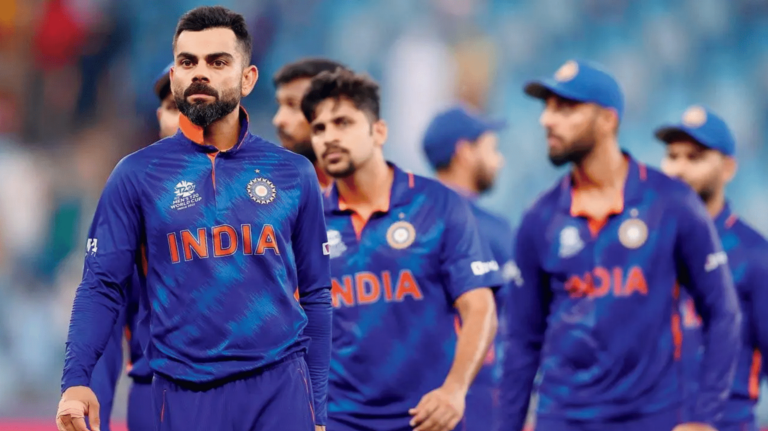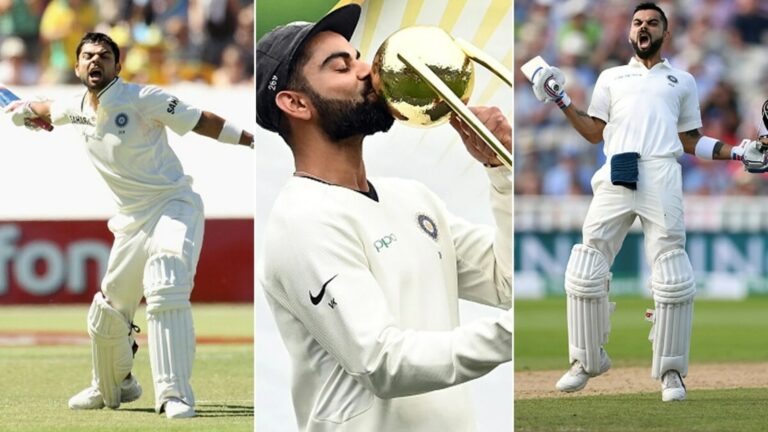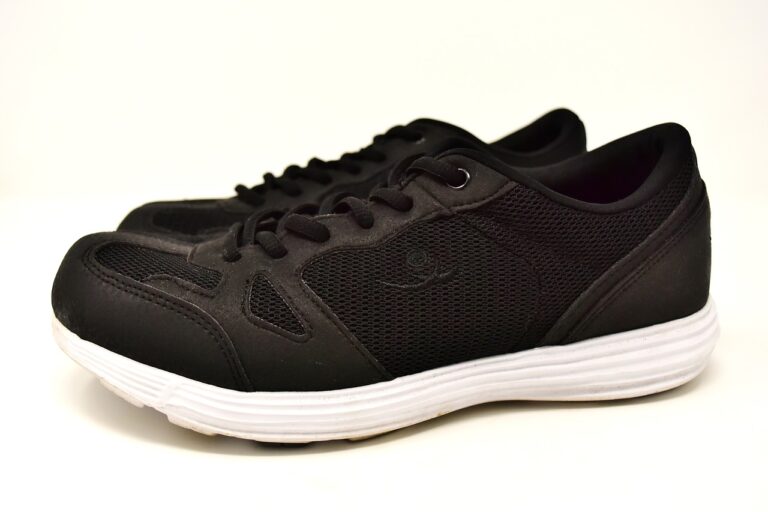Exploring the History and Evolution of Cricket Balls
Lotus365, Gold365: Cricket, a sport steeped in tradition and history, traces its roots back to early England. As the game evolved over time, so did the equipment used, including the iconic cricket ball. The early origins of cricket balls can be dated back to the 16th century when the game was played with rudimentary handmade balls.
Initially, these cricket balls were fashioned out of simple materials such as cork, string, and leather. The early craftsmen who made these balls relied on their skills and ingenuity to create the perfect sphere that would withstand the rigors of the game. Over time, the design and composition of cricket balls underwent several changes, paving the way for the modern cricket balls used in the sport today.
Materials Used in Early Cricket Balls
Cricket balls have a rich historical background, with the early versions made from an array of materials sourced from the natural environment. During the formative years of cricket, one predominant material used for crafting cricket balls was cork. The core of the ball was often made of compressed cork, providing the necessary weight and bounce for the game.
In addition to cork, leather played a crucial role in the construction of early cricket balls. The outer layer of the ball consisted of high-quality leather, intricately stitched for durability and longevity. This leather casing not only shielded the cork core but also enabled the bowlers to grip the ball effectively, adding spin and control to their deliveries.
What were some of the early origins of cricket balls?
Cricket balls have been used in the sport for centuries, with early versions made from materials such as leather stuffed with cork, wool, or even horsehair.
What materials were commonly used in early cricket balls?
Some of the materials used in early cricket balls included leather, cork, wool, and horsehair. These materials were chosen for their durability and ability to maintain shape during gameplay.
How did the use of different materials in cricket balls affect the game?
The materials used in cricket balls had a significant impact on gameplay, as they influenced factors such as bounce, swing, and spin. For example, balls made with cork cores were known for their ability to bounce unpredictably, adding an element of challenge for players.
Were there any innovations in the materials used for cricket balls over time?
Yes, advancements in technology and manufacturing processes led to the development of synthetic materials for cricket balls. These materials offered improved durability and consistency, making them a popular choice for modern cricket balls.


